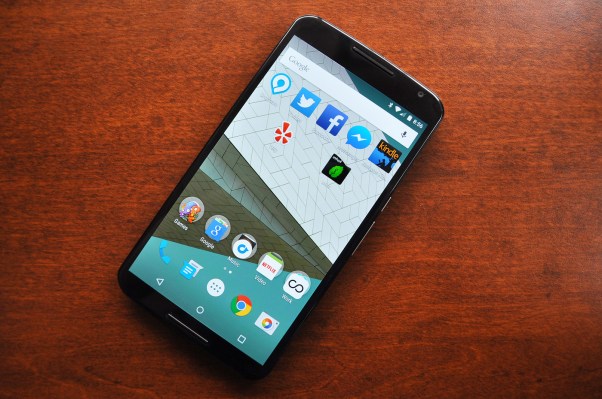I wanted to love the Nexus 6.
I’ve been using a Nexus 5 as my phone of choice since the very day it was announced. It’s the phone that pulled me over from the iOS camp for keeps, after so many dozens of other Android handsets I’d tested failed to do so with any permanence. It’s the phone I recommend, almost without fail, when asked for a recommendation on what to buy next.
I wanted the Nexus 6 to be the next phone like that. It’s not.
The Basics
Pros:
- It’s huge
- Solid battery life
- Beautiful screen
- Lollipop (Android 5.0) is freakin’ gorgeous
- Loud, front-facing speakers
Cons:
- Seriously, it’s huge
- The lack of expandable memory slot is a deal breaker for some.
The Specs:
- 5.96-inch 2560×1440 Display
- 2.7 Ghz Snapdragon 805 Processor, 3GB RAM
- 13 Megapixel rear camera, 2MP front camera
- Runs Android 5.0 (Lollipop)
- Weighs 184 grams
- MSRP: $650
The Size
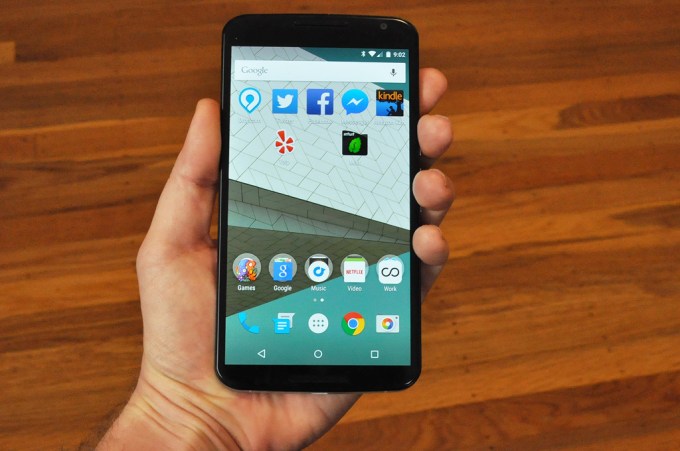
The Nexus 6 is big. Very, very, very big.
That’s not a bad thing, in its own right. I mean, it’s the whole point of the device — and with pretty much every headlining manufacturer offering at least one massive phone, there’s clearly some market for these things.
But it’s important to grasp just how big this thing is.
The iPhone 6 Plus was the first phone that I recall holding and thinking “Hrm. Maybe this has gotten a bit silly.” At the time, it reminded me of those shady “HAS SCIENCE GONE TOO FAR?!” ads you’ve probably seen littered around the Internet. The ones with the body builder with arms the size of recycling bins, or a rabbit with bear legs or whatever.
The Nexus 6 takes it one step further. The two phones are quite similar in length, but the Nexus 6 adds nearly a quarter inch to the width. It may not sound like much — but when you’re already teetering on the edge of absurdity, every millimeter counts.
Past a certain point, these phones become really damned hard to hold on to.
In the past two weeks, I’ve had more close calls with this phone slipping out of my hand then I wish to count. And that’s with me being particularly careful, deeply aware that if this thing went up against concrete and lost, I’d have nothing to photograph come review time.
It’s a combination of two things: the phone’s width, and its smooth, hard plastic back. At least on the Cloud White model I tested, the soft-touch finish of the Nexus 5 (which helps to add some grip to the mix) is entirely gone — as such, the device is considerably more slippery than I’d like.
The Nexus 6 is very much not a one-hand device. Maybe you’re okay with that — but when you’re in a situation where one-hand use becomes a must, you will notice it. If you ever use public transport and find yourself tinkering with your phone while holding onto the hand rail above you, for example, things quickly start to feel pretty precarious.
If you’re a fan of Android’s built-in Swype style keyboard (which allows you to drag your thumb quickly over letters rather than pitter-pattering them one letter at a time), another thing to note: it’s… not quite as useful on a screen this large. Typing something with letters on opposite ends of the keyboard — like “laser” or “plate” or “mail” or a billion other words — becomes a pretty hilarious thumb stretching exercise.
(If you’re heading to the comments to write something like “Pft, big dumb jerk. Probably has tiny hands or doesn’t know how to hold a phone.” — I assure you that’s not the case.)
Design:
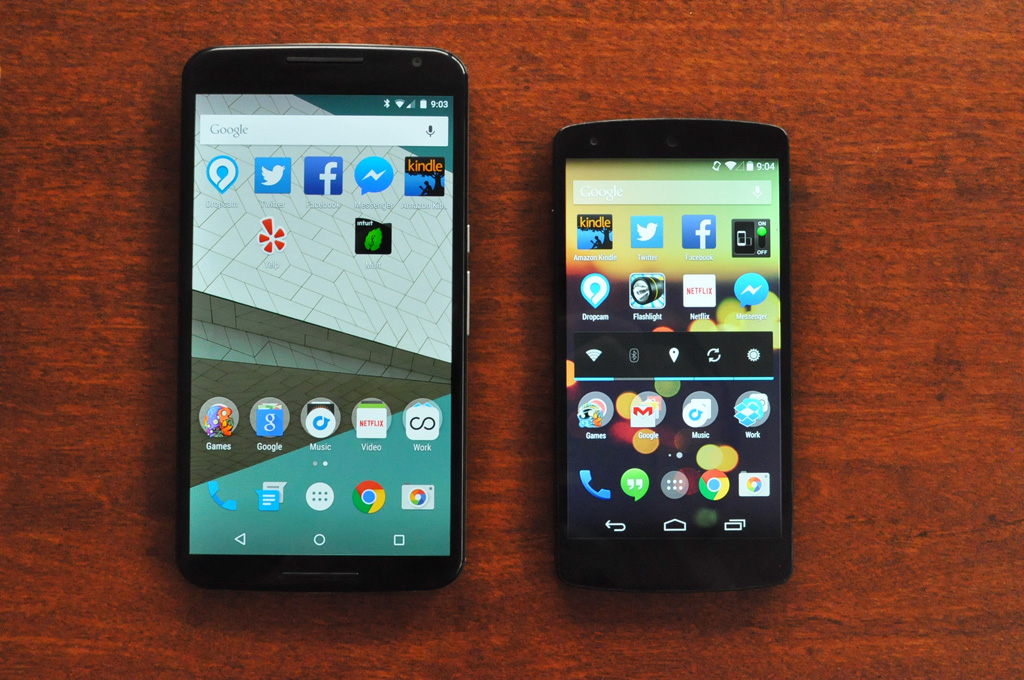
I spent the entire last section touching on the phone’s size, so we’ll skip that here.
As many have noted, the Nexus 6’s design is essentially that of the Moto X 2014 … embiggened.
From a purely aesthetic standpoint, that’s a good thing. The Moto X is a very, very good looking phone, and it continues to be a good looking phone when things are scaled up.
The phone’s face offers up a pair of front-facing speakers, and they’re one of my favorite features on the device. They’re nice and loud, and, while the concept of a front facing speaker isn’t new to Android phones, it’s a welcome upgrade from the paltry, often-too-quiet speaker found on the rim of the Nexus 5.
One weird quirk: you can’t interact with this phone much when it’s laying flat on your desk. Between the slight curve and smooth plastic texture of the device’s back… the damn thing just wobbles away.
Lollipop:
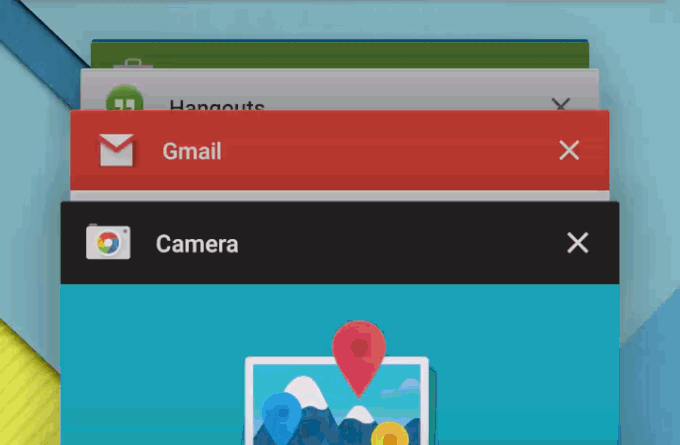
We should have a full review of Android 5.0 as it pertains to phones up shortly (update: And here it is!), so I won’t go too deep here, but let me just say: Android 5.0 is wonderful.
It’s beautiful, well thought out, and runs incredibly smooth. The Nexus 6 being one of the most powerful Android phones in existence might help that, of course — but at least on this device, after roughly 2 weeks of heavy use, everything is butter.
Guest mode, a feature that I’ve been asking for for years now, is quick, useful, and perfectly executed. Your friend wants to borrow your phone? Tap a blue icon on your lockscreen, hit “Add guest”, and bam — they’re now in a sandboxed environment with all of your apps/emails/photos of your nethers kept off limits.
The new notifications on your homescreen, each customizable and toggleable with just a single long press, are equally excellent — it feels like this is how Android was meant to be.
I also love that the “Ok, Google” voice command now works everywhere (once you opt-in to allow this), including the lockscreen… at least, theoretically. Even after training the speech engine a few times, it doesn’t seem quite as dependable as when you’re actually on the homescreen.
Android 5.0 alone does not make a handset, of course. Other handsets should be getting the Lollipop treatment any time now, which makes this less of a selling point.
Camera:
The camera performs well consistently, though it sometimes takes a bit longer than I expected to start up.
The photos that came off the device never blew me away, but they never really disappointed, either. We’ll continue to test the camera (and upload more photo samples) over the coming days, but so far, it seems.. pretty average. No, it won’t turn your overcast day snapshots into works of art; no, it won’t capture every low-light bar photo with nary the need for flash. But it’s not a camera you’ll come to loathe, either.
[gallery ids="1082198,1082184,1082183,1082182,1082180,1082179,1082178"]
Performance:
The Nexus 6 is fast. With a quad-core, 2.7Ghz CPU and a Geekbench score hovering somewhere around 1046, it’s one of the fastest Android phones on the planet. Add the performance improvements of Android 5.0 into the mix, and it becomes one slick, speedy package.
In two weeks, I had the phone stutter just twice — and both of those were just after an app had crashed and the phone was trying to right itself.
With that said, my experience wasn’t entirely bug free. Around a dozen times, the keyboard inexplicably closed itself mid-sentence. The device’s vibrating motor stopped working for 3 days, even after a full factory reset… and then suddenly started working again. I’ll chalk these up to Lollipop being fairly new.
Display:

As the very reason for the Nexus 6’s existence, you might expect the display on this thing to be pretty great.
And you’d be right. The Nexus 6’s display is stunning. At a resolution of 1440 x 2560, you can look as hard as you damn well please — you’re not going to see the pixels.
Like all Motorola displays in recent memory, the screen color runs a bit warm — that is, things seem slightly more orange than they ought to be. This is particularly apparent at lower brightness levels. Most people probably wouldn’t notice and most who do would probably adjust after a day or two — but if your screen seems ever-so-slightly orange, don’t worry, you’re not crazy.
Battery:
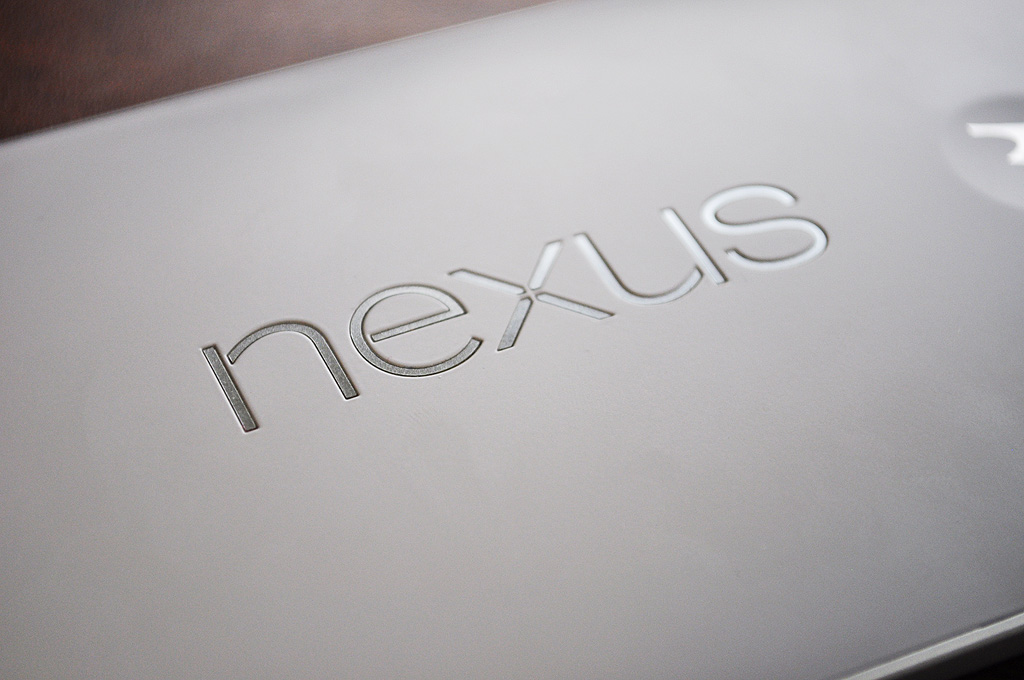
Coming in at 3,200mAh, the Nexus 6 doesn’t have the biggest battery of any Android phone — but it’s certainly up there. And it shows.
In two weeks of testing, not once was I surprised to find my phone dead or otherwise crying out for a recharge. On the contrary, there were quite a few times when I expected the handset to be toast — a morning where I forgot to plug it in overnight, for example — yet its battery indicator still sat at just a bit past half full.
These things tend to change over the life of a device (my Nexus 5’s battery has gone to absolute garbage in the past two months)… but for now, the Nexus 6 should have no trouble getting you through a solid day of work/play. It might not get you through multiple days like the Droid Turbo, but that’s a bit of a crazy thing to expect at this point.
Bottom Line:
If you’re a happy Nexus 5 user and you’re looking for the sequel to that device, take caution: despite the sequential naming scheme, that is not what the Nexus 6 is. Wait a few months for Google to inevitably (/hopefully?) release a Nexus 5 version 2 — something of a more reasonable size and perhaps with a more welcoming price tag, but that still serves as the bar which all Android phones should strive to beat. For what it’s worth, I will be going back to my Nexus 5 after this review.
The Nexus 6 is something entirely new to the Nexus line-up. It’s big to the point that it’s almost laughable, stretching the definition of what you could reasonably define as a smartphone to its very limits.
If that’s what you want, however, the Nexus 6 is a very solid phone. It’s fast, it’ll get its software updates before pretty much every other gigantor phone on the market, and the battery life is thus far solid. Just know that you’ll have to keep a death grip on it, or the device’s size combined with its slick texture will almost certainly lead to a very sudden introduction to Mr. Sidewalk.
The Nexus 6 is not the every man’s Android phone that we’ve come to expect of the Nexus line; the beacon of everything Android should be. It’s what Android can be, if you crank things up to 11 and go a bit insane with the screen size. It’s a solid buy if it’s what you’re looking for, but it’s not something I can recommend to anyone and everyone.
